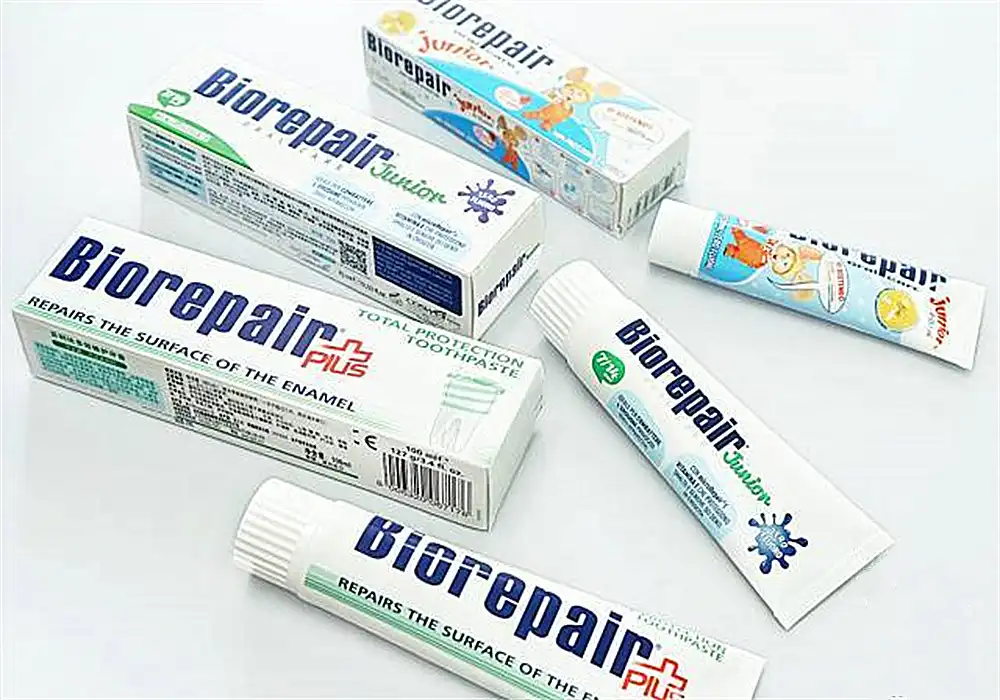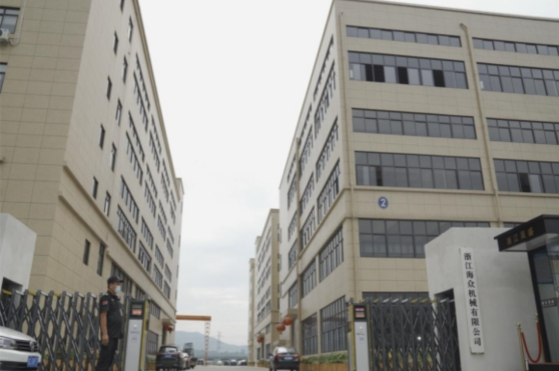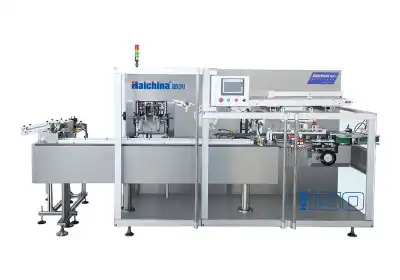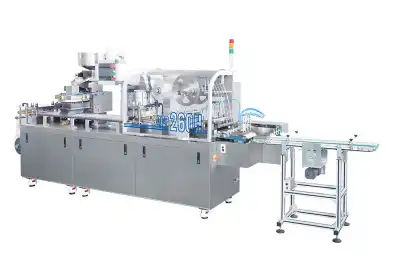The Anatomy of Carton Rejection in Automatic Cartoning Systems
Detection Mechanisms in Modern Cartoning Equipment
Modern automatic cartoning machines are equipped with an array of sophisticated detection mechanisms to identify faulty cartons. These systems utilize cutting-edge technology to ensure that only properly formed and filled cartons make it through the packaging process. High-resolution cameras and advanced imaging software work in tandem to inspect each carton for visual defects, such as improper folding, misalignment, or printing errors. Additionally, laser sensors measure carton dimensions with extreme precision, flagging any packages that deviate from the specified size parameters.
Weight verification systems play a crucial role in the detection process. These systems use sensitive load cells to weigh each carton, ensuring that the contents match the expected weight. This not only helps identify underfilled or overfilled packages but also serves as a safeguard against missing components. Some advanced cartoning lines even incorporate X-ray technology to inspect the internal contents of sealed cartons, providing an extra layer of quality assurance.
Quality Control Parameters in Automatic Cartoners
Quality control in automatic cartoning lines involves a comprehensive set of parameters that ensure the integrity of each package. These parameters are carefully calibrated to meet industry standards and specific product requirements. Carton integrity checks assess the structural soundness of each box, looking for issues such as weak seams or compromised corners that could lead to product damage during transport or storage.
Seal verification is another critical aspect of quality control. Automatic cartoners employ specialized sensors to confirm that all flaps are properly glued or sealed. This prevents product contamination and maintains the package's protective barrier. Barcode and QR code readers verify that each carton bears the correct identification markers, essential for tracking and inventory management. Some systems also incorporate tamper-evident features, ensuring that any unauthorized access to the package is immediately detectable.
Real-time Monitoring and Data Analysis
The effectiveness of carton rejection in automatic cartoning lines is significantly enhanced by real-time monitoring and data analysis capabilities. Advanced cartoning systems are equipped with integrated software that continuously collects and processes data from various sensors and checkpoints along the production line. This real-time information allows operators to identify trends, anticipate potential issues, and make proactive adjustments to the packaging process.
Machine learning algorithms analyze historical data to predict maintenance needs and optimize rejection criteria. This predictive approach helps reduce false rejections and improves overall efficiency. Dashboard interfaces provide operators with at-a-glance views of key performance indicators, including rejection rates, production speed, and quality metrics. By leveraging this data, manufacturers can continuously refine their cartoning processes, leading to higher quality outputs and reduced waste.
Rejection Mechanisms and Their Integration in the Packaging Workflow
Types of Rejection Systems in Automatic Cartoners
Automatic cartoning lines employ various types of rejection systems to efficiently remove faulty cartons from the production flow. Pneumatic ejectors use bursts of compressed air to quickly push defective cartons off the conveyor belt and into a designated rejection area. This method is particularly effective for lightweight cartons and high-speed operations. Mechanical pushers, on the other hand, utilize physical arms or plates to gently but firmly remove larger or heavier cartons from the line.
Diverter gates are another common rejection mechanism. These gates swiftly open when a faulty carton is detected, allowing it to drop into a collection bin below the conveyor. For more delicate products, some cartoning lines use servo-driven rejection systems that carefully lift and place rejected cartons onto a separate conveyor or tray. Each of these systems is designed to operate seamlessly within the high-speed environment of modern packaging lines, ensuring that the rejection process does not impede overall production flow.
Seamless Integration with Packaging Workflows
The integration of rejection mechanisms into the broader packaging workflow is crucial for maintaining efficiency and product quality. Advanced cartoning systems are designed with modular architectures that allow for flexible configuration and easy integration with existing production lines. This modularity enables manufacturers to customize their rejection processes based on specific product requirements and production goals, especially when using an automatic cartoner.
Rejection systems are typically positioned at strategic points along the cartoning line, such as after the carton forming station, after the product insertion stage, and before the final sealing process. This multi-point approach ensures that defects are caught at the earliest possible stage, minimizing waste and preventing further processing of faulty packages. The rejection process is carefully timed and synchronized with the overall cartoning operation to prevent bottlenecks and maintain a smooth production flow.
Handling of Rejected Cartons
The efficient handling of rejected cartons is essential for maintaining a clean and organized production environment. Many automatic cartoning lines incorporate automated collection systems that gather rejected cartons into designated bins or conveyors. These systems often include sorting mechanisms that separate different types of rejects, such as empty cartons versus those with product inside, facilitating easier analysis and potential rework.
Some advanced setups include inline rework stations where operators can quickly address minor issues and reintroduce corrected cartons back into the production line. For cartons with more significant defects, automated systems may route them to specialized areas for further inspection or disposal. The handling process is designed to be as hands-off as possible, reducing the need for manual intervention and allowing operators to focus on higher-level tasks such as quality control and process optimization.
Optimizing Carton Rejection for Enhanced Efficiency and Quality Assurance
Fine-tuning Rejection Criteria for Precision
Optimizing carton rejection in automatic cartoning lines involves a delicate balance between ensuring product quality and maximizing production efficiency. Fine-tuning rejection criteria is a critical process that requires careful consideration of various factors. Manufacturers must analyze historical data to identify patterns in rejection rates and types of defects encountered. This analysis helps in setting appropriate thresholds for different quality parameters, such as weight tolerances, dimensional variations, and seal integrity.
Advanced cartoning systems often allow for dynamic adjustment of rejection criteria based on real-time production data. For instance, if a particular batch of cartons shows slight variations in size but remains within acceptable limits, the system can automatically adjust its tolerance levels to prevent unnecessary rejections. This adaptive approach ensures that the rejection process remains responsive to minor fluctuations in materials or production conditions, maintaining high quality standards without compromising on efficiency.
Minimizing False Rejections and Waste
Reducing false rejections is a key objective in optimizing automatic cartoning lines. False rejections not only lead to unnecessary waste but also decrease overall production efficiency. To address this, manufacturers employ sophisticated algorithms that can differentiate between genuine defects and acceptable variations. Machine vision systems in an automatic cartoner, for example, can be trained to recognize and ignore minor cosmetic imperfections that do not affect the carton's functionality or product safety.
Regular calibration of sensors and detection equipment is crucial in minimizing false rejections. This includes periodic checks and adjustments to ensure that all measuring devices are operating within specified tolerances. Some advanced cartoning systems incorporate self-calibration features that automatically adjust sensor sensitivity based on environmental conditions or production parameters. By fine-tuning these systems, manufacturers can significantly reduce waste and improve the overall yield of their packaging operations.
Continuous Improvement Through Data-Driven Insights
The optimization of carton rejection processes is an ongoing effort that benefits greatly from data-driven insights. Modern automatic cartoning lines generate vast amounts of data on every aspect of the packaging process. By leveraging advanced analytics tools, manufacturers can uncover valuable insights into rejection patterns, identify root causes of recurring issues, and implement targeted improvements.
Predictive maintenance algorithms can analyze equipment performance data to anticipate potential failures before they lead to increased rejection rates. This proactive approach helps maintain consistent quality and reduces unplanned downtime. Additionally, by correlating rejection data with other production variables, such as raw material batches or environmental conditions, manufacturers can identify broader factors influencing packaging quality. These insights drive continuous improvement initiatives, leading to more robust packaging processes and higher overall product quality.
Conclusion
Automatic cartoning lines handle carton rejection through a sophisticated interplay of detection mechanisms, quality control parameters, and integrated rejection systems. By employing advanced sensors, real-time monitoring, and data-driven optimization, these systems ensure that only high-quality cartons proceed through the packaging process. The seamless integration of rejection mechanisms within the packaging workflow of an automatic cartoner, coupled with efficient handling of rejected cartons, maintains production efficiency while upholding stringent quality standards. As technology continues to evolve, the precision and effectiveness of carton rejection in automatic cartoning lines will undoubtedly enhance, further improving product quality and operational efficiency in the packaging industry.
Contact Us
For more information about our state-of-the-art automatic cartoning solutions and how they can benefit your packaging operations, please contact us at [email protected]. Our team of experts is ready to help you optimize your packaging processes and achieve superior product quality.





